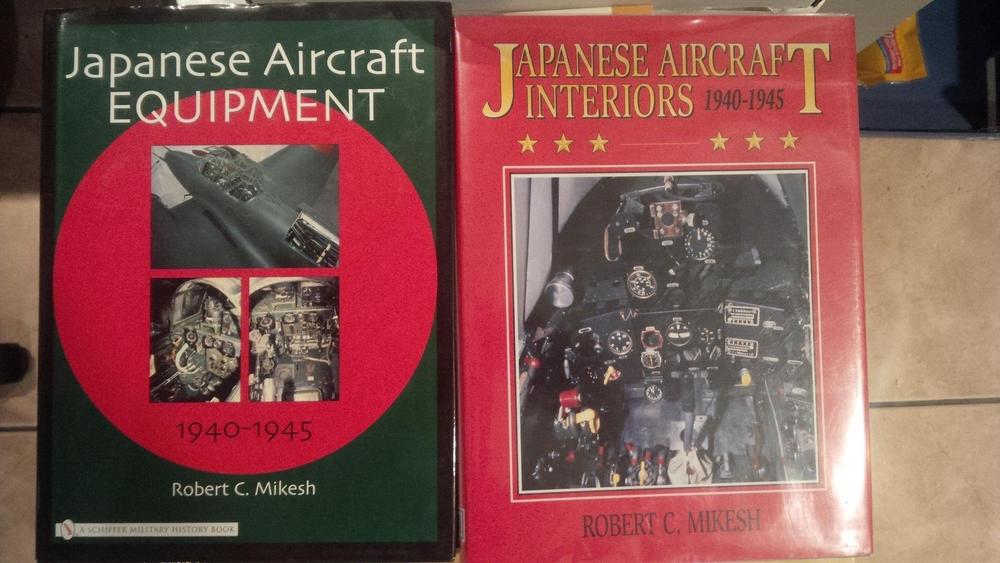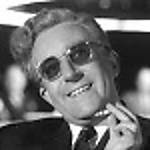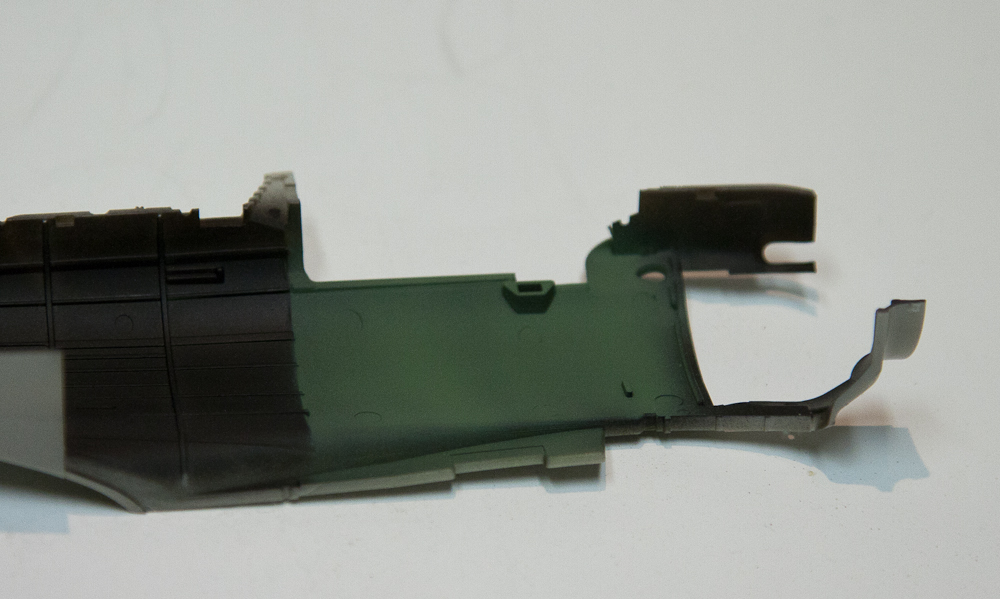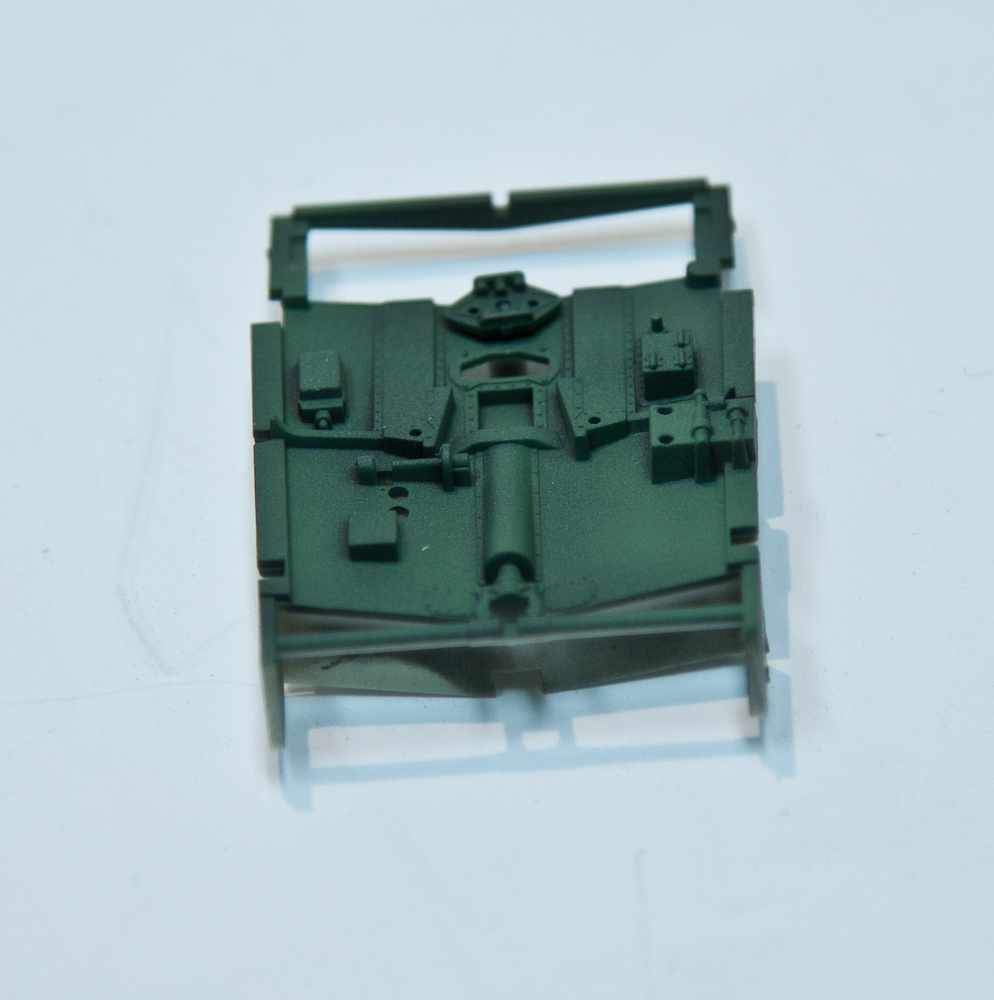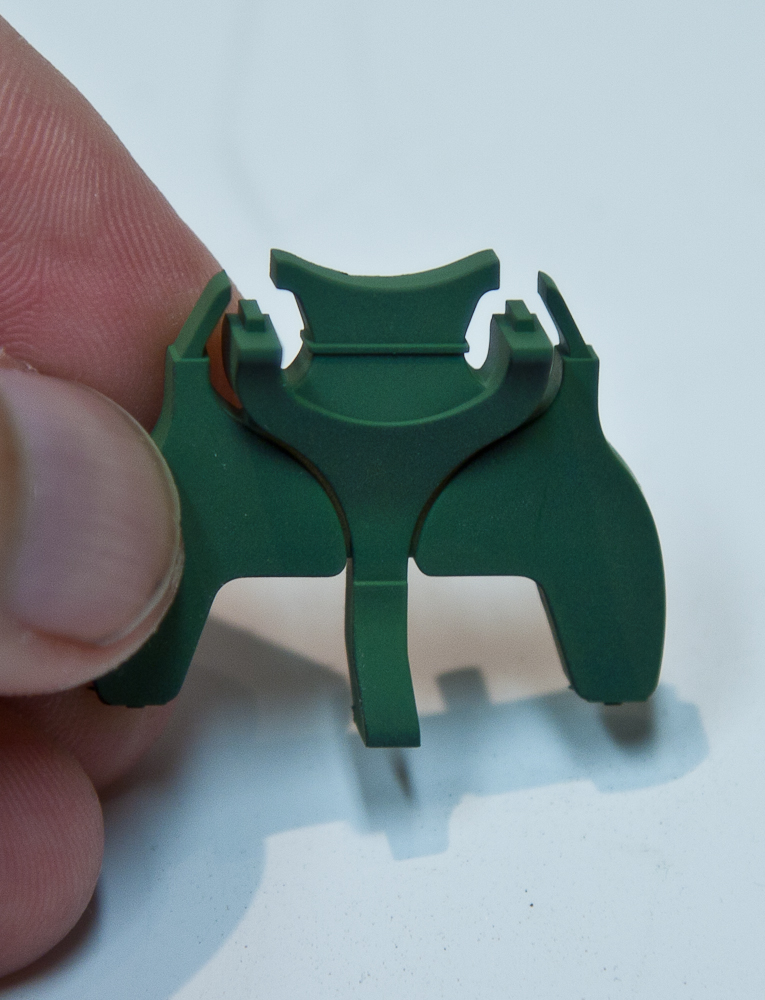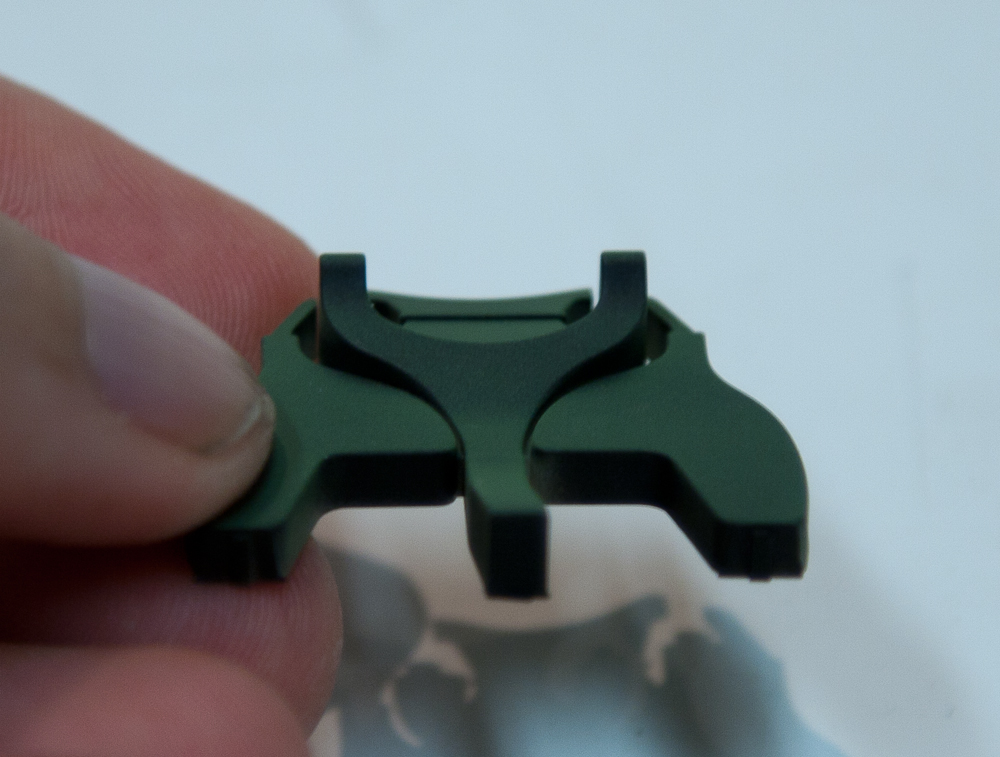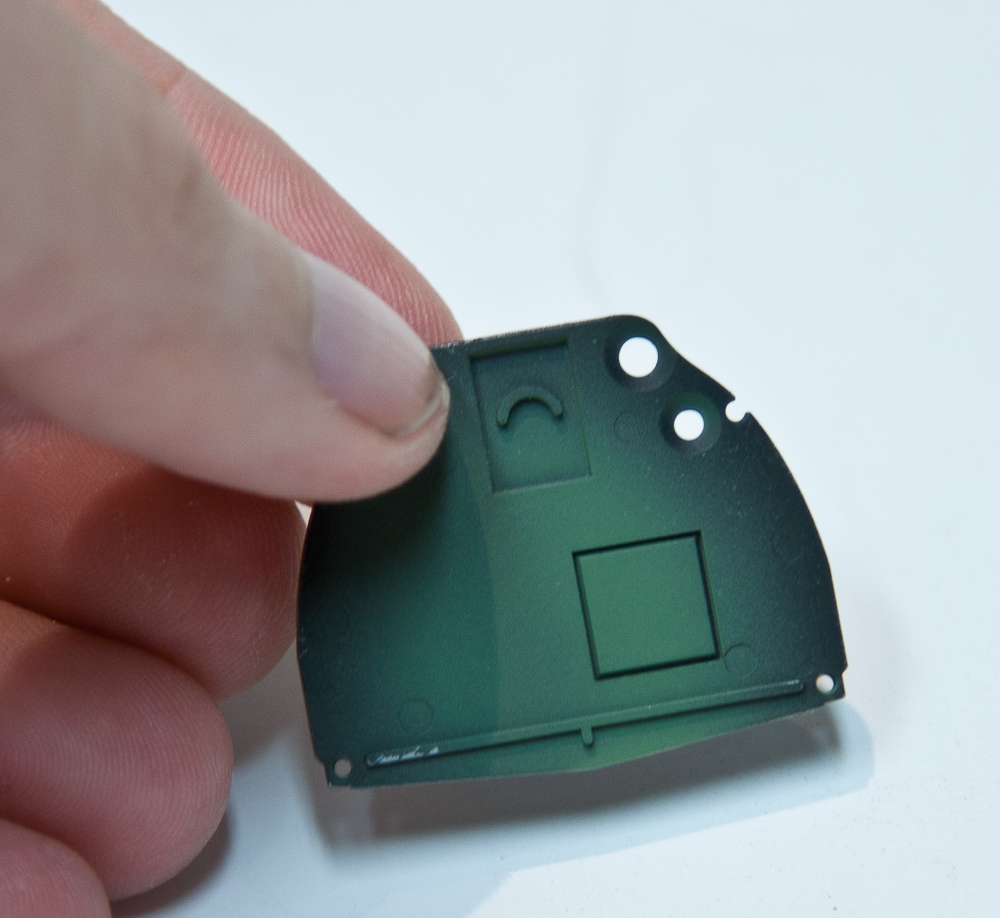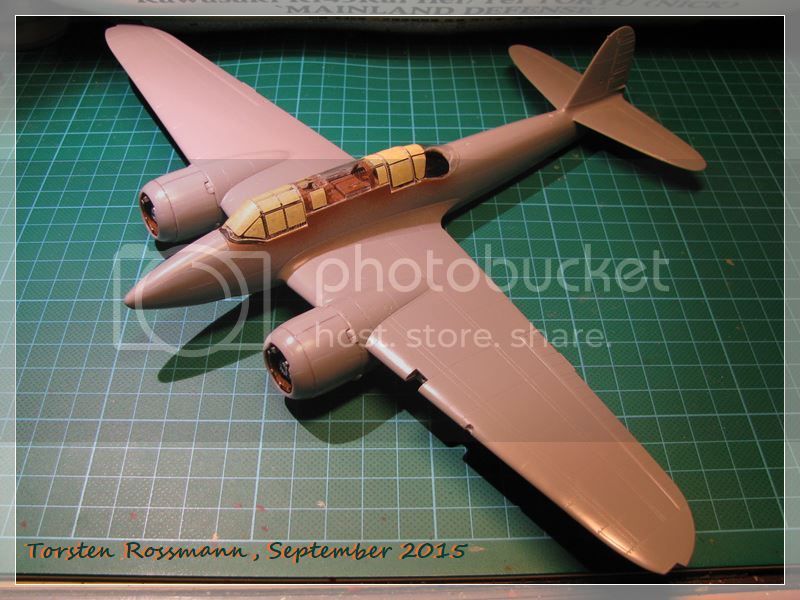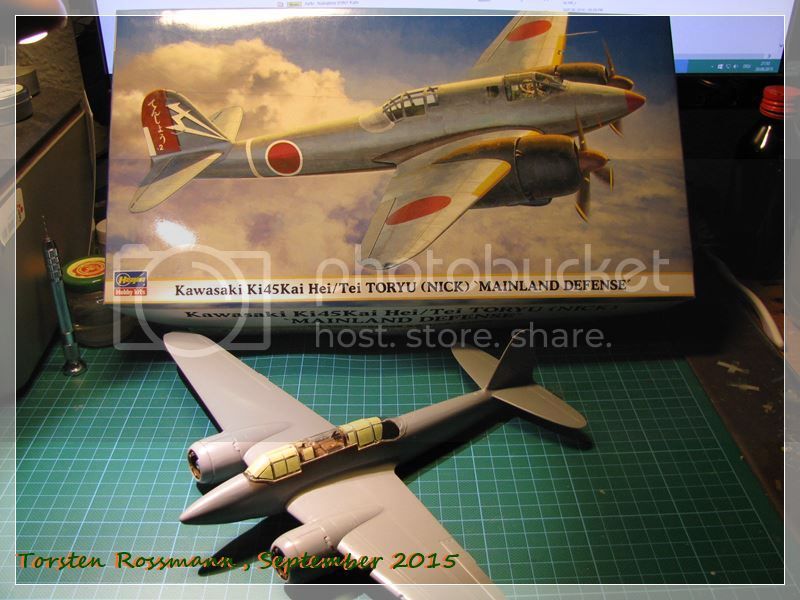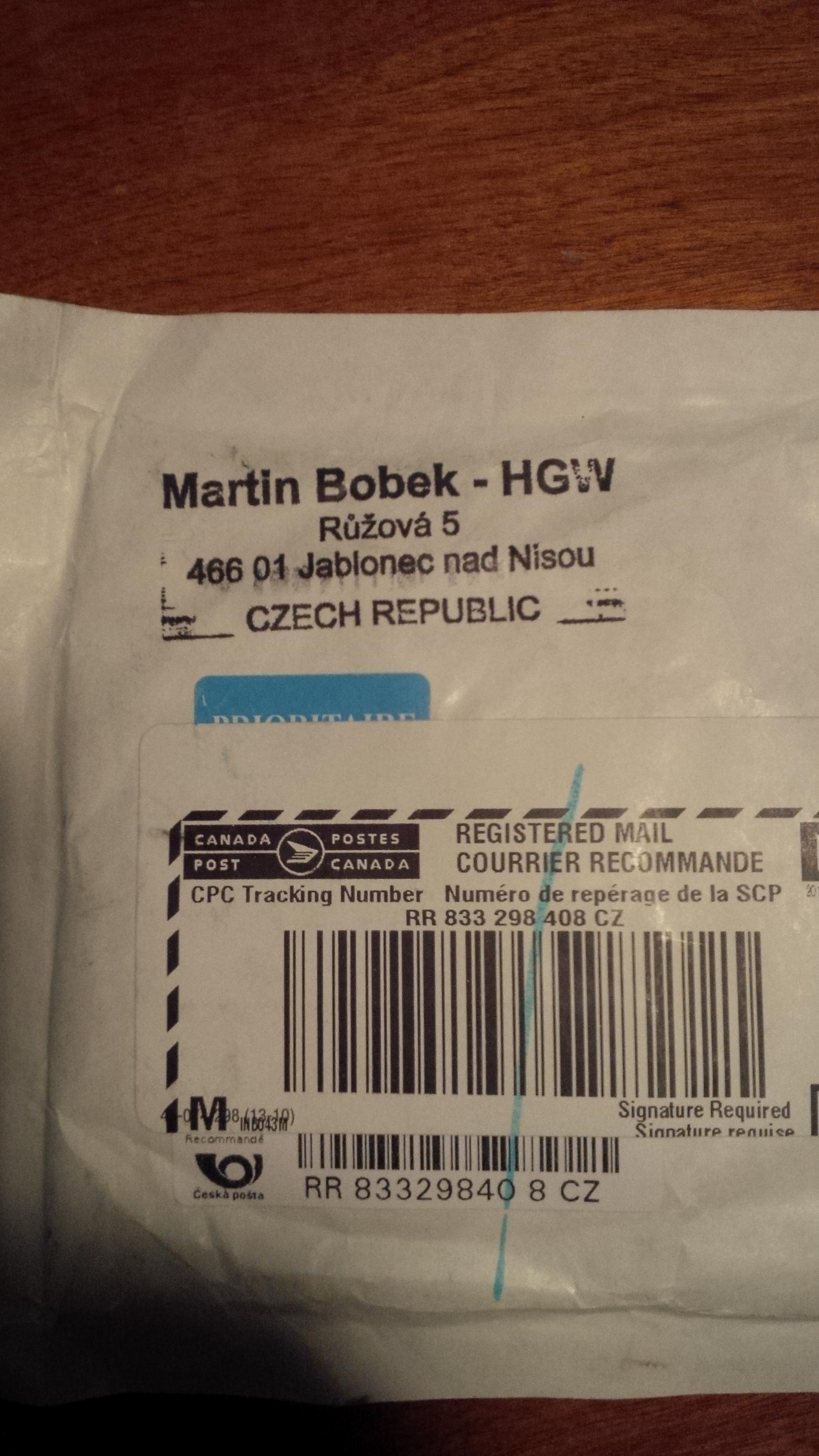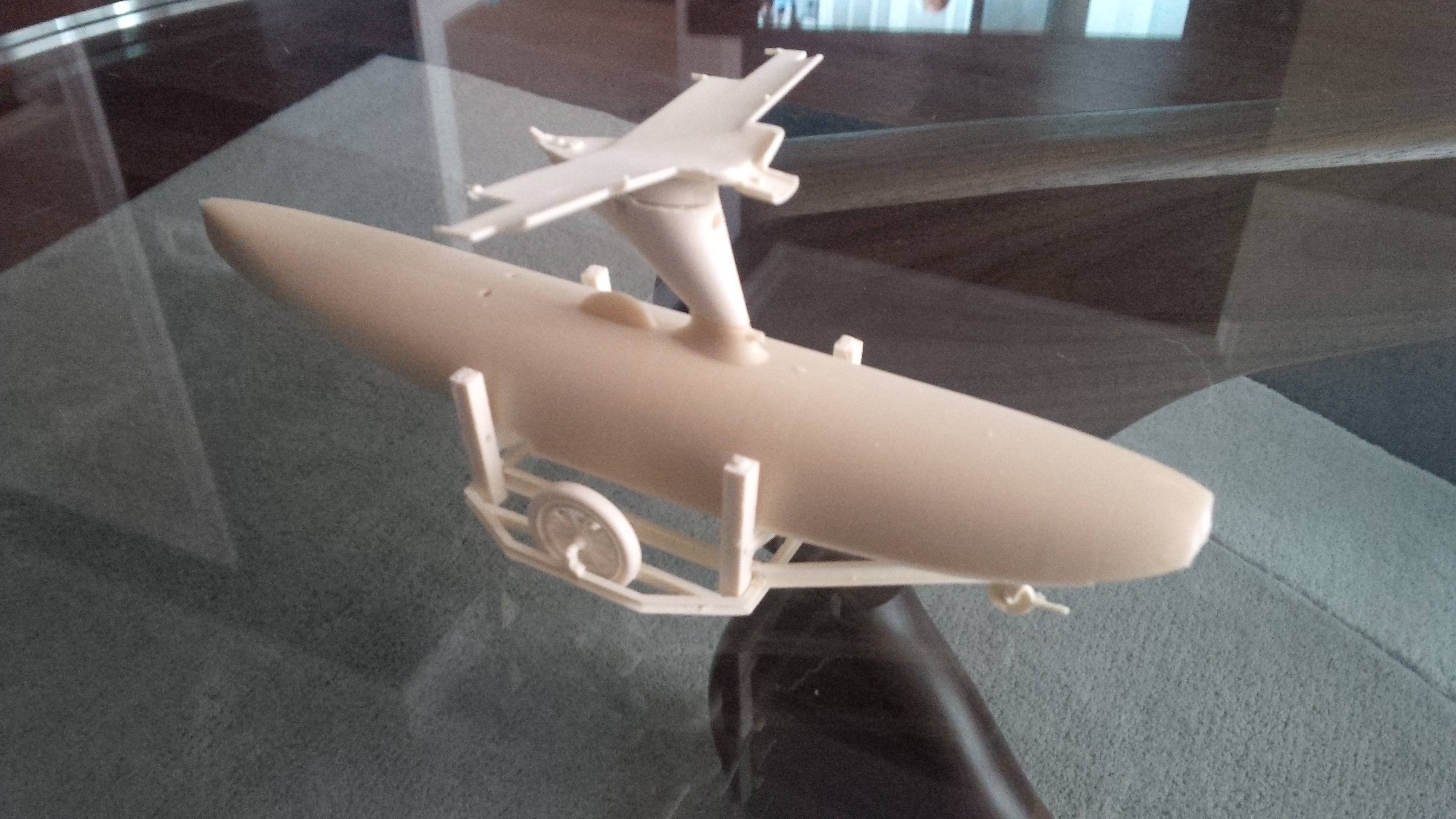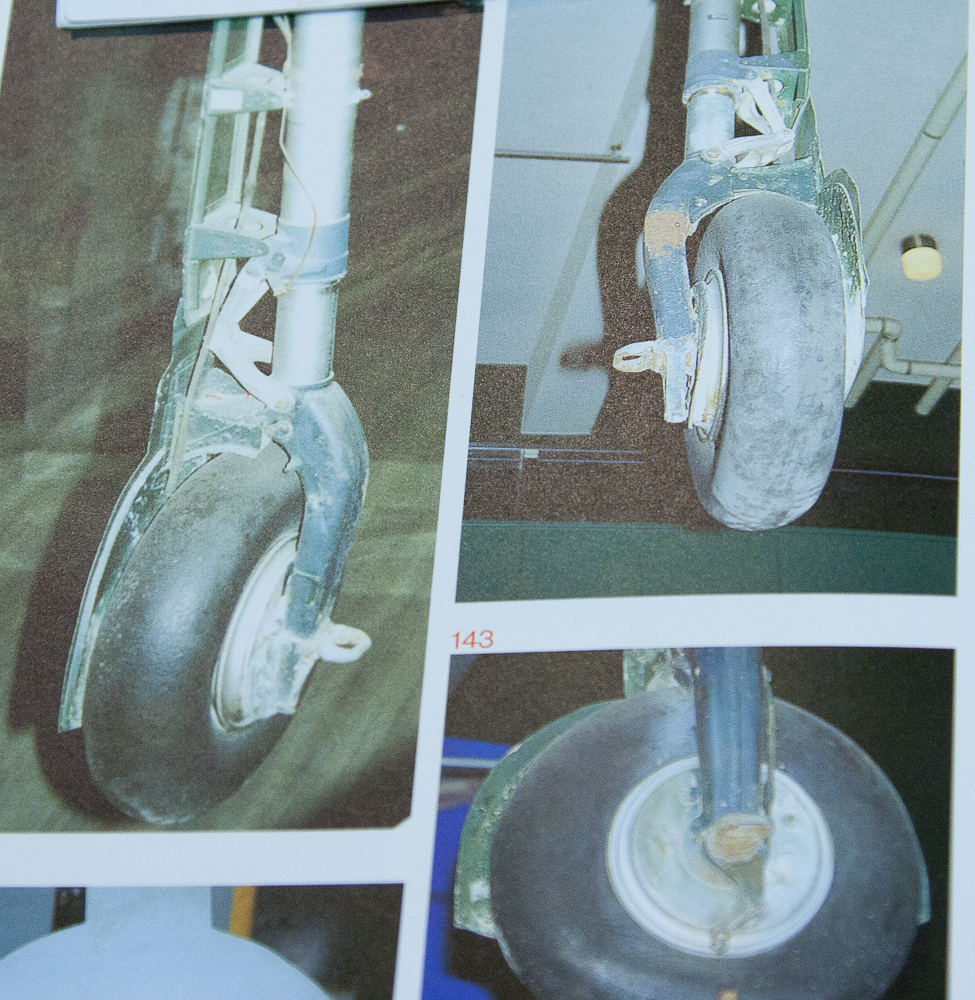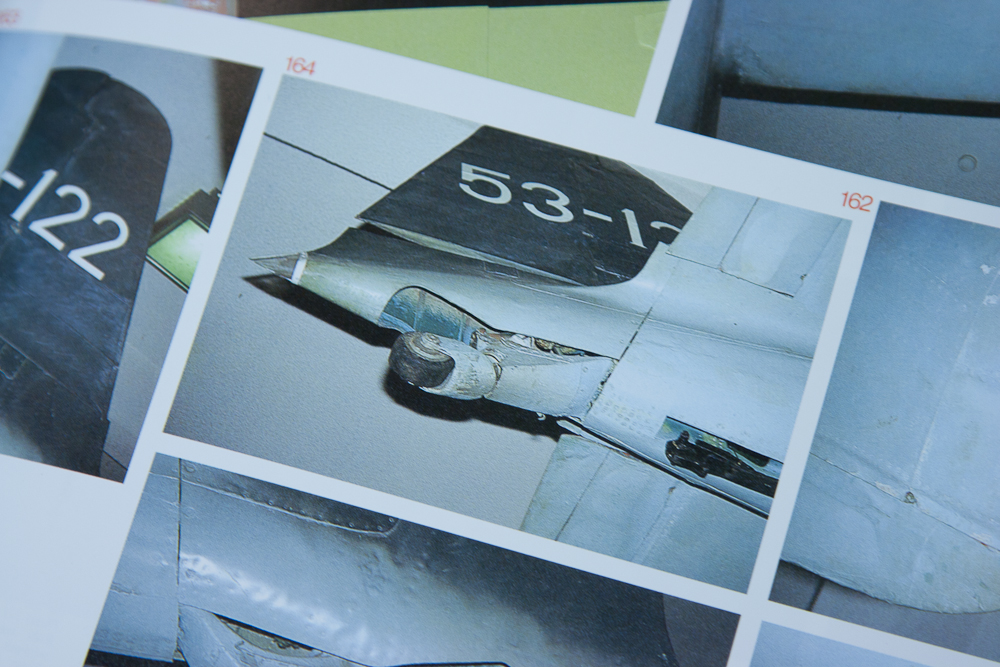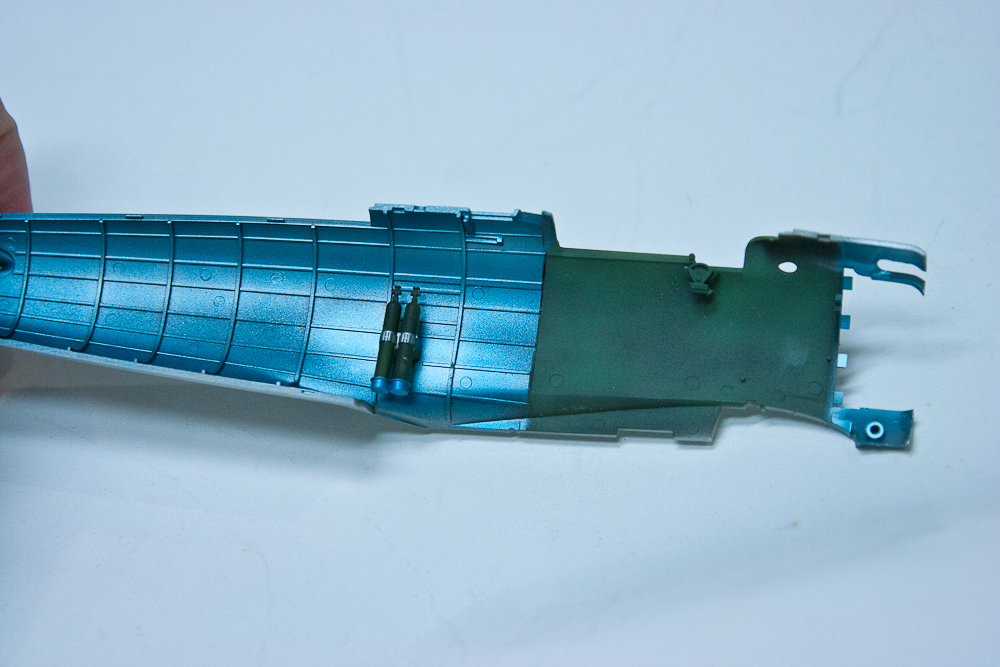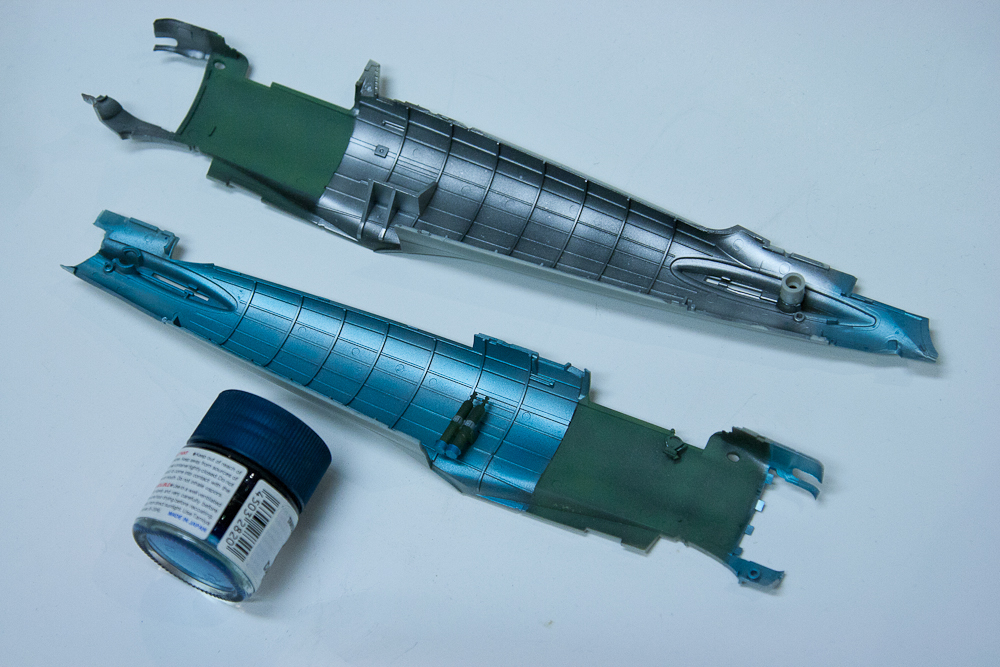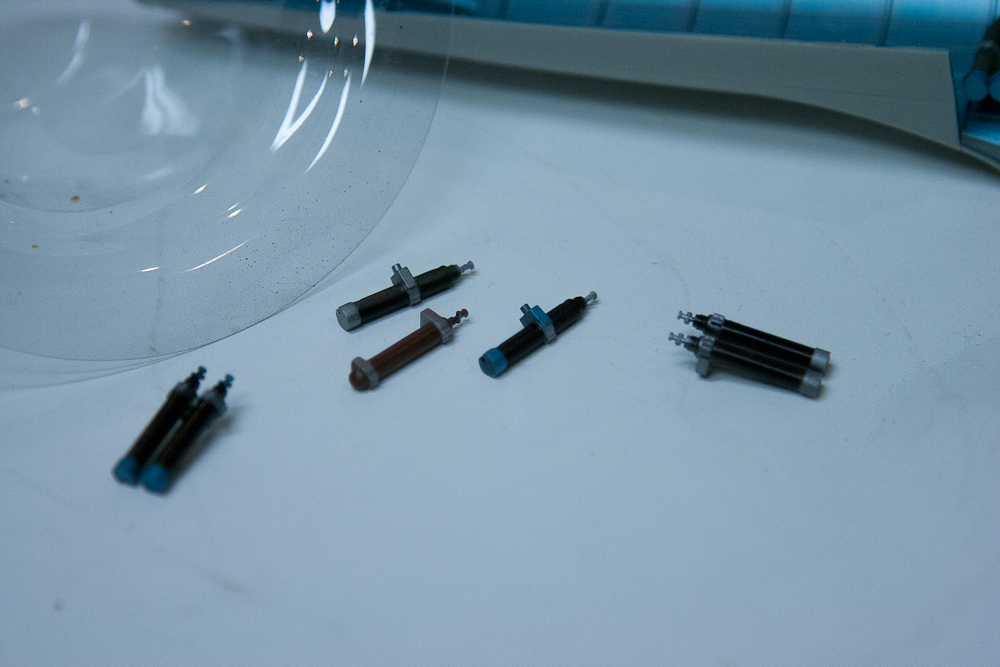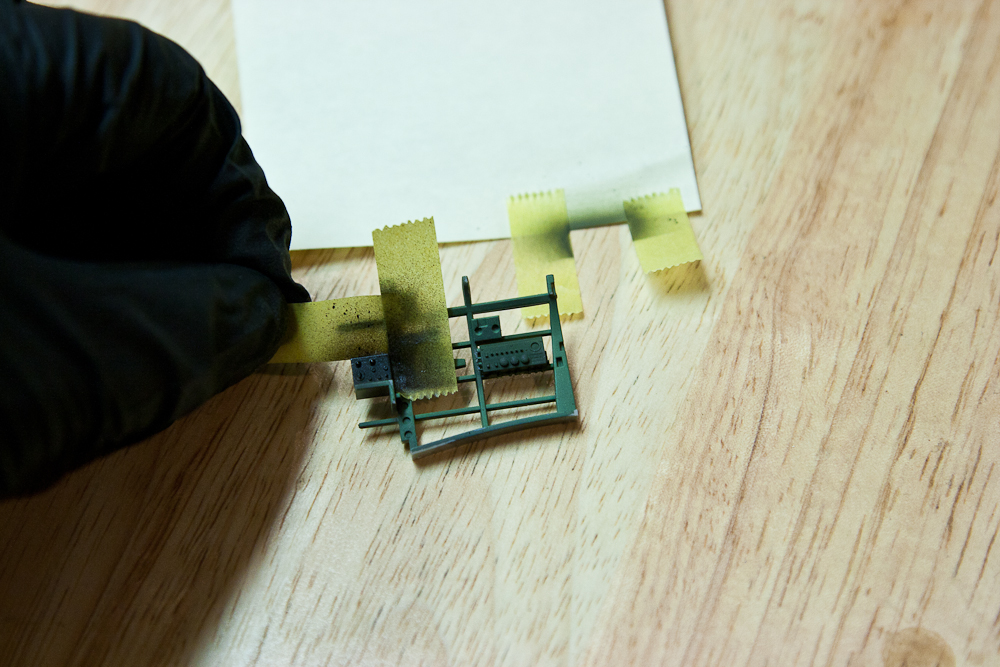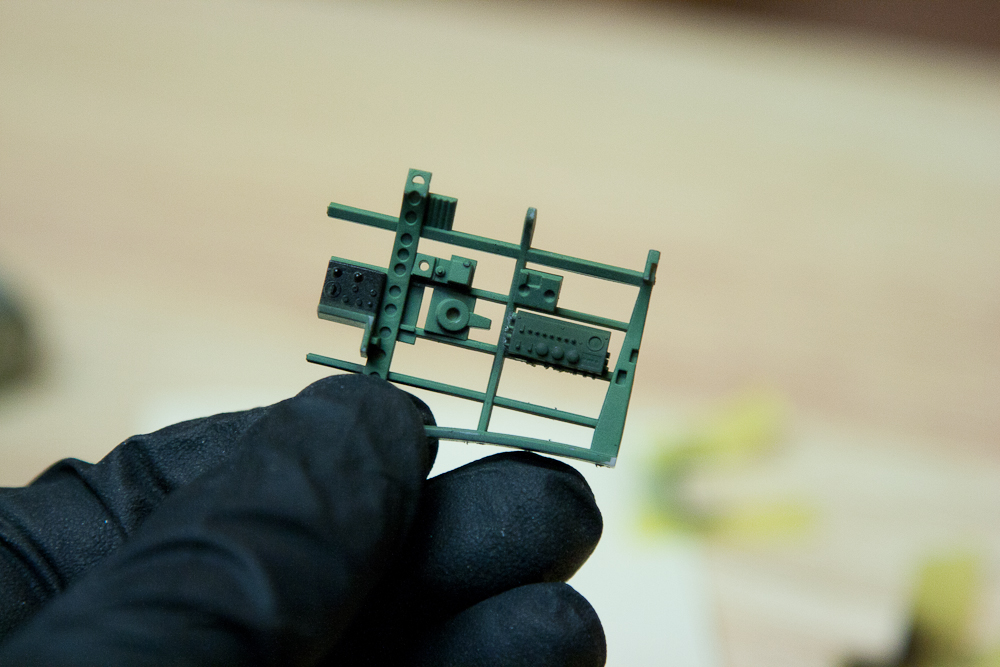Quoted Text
Very nice work on the zenithal lighting in the interior, Matt! I've never noticed the "subscribe" button before- so yours is the first of many I'll be following.
Cheers!
Thanks Chuck, I learned it from you afteralll.
I didn't notice the subscribe button for a while either, until I figured out how the 'popular blogs' were listed on the homepage.
Uh oh guys, an update!I've been working away, did a lot of cutting for the Rufe conversion only to find that some of the pieces in my set had shrunk considerably. One email to MDC and new parts are on the way! I've been slowly plugging away in the meantime.
Work on the interior is progressing. I have completed the aotake process (more on that later).
First, I have painted all of the bottles. It's mind numbing. The cylinders are different colours and they get strapped to the fuselage so each cylinder typically has four colours on it - the colour of the cylinder, the colour of the nozzle, the metal of the band/clamp and the interior colour from the structure it is secured to.
By now you know I hate brush painting, it never looks as good as something airbrushed. So allow me to offer you another lesson in clever masking in the name of being lazy.
Here's one cylinder, nothing special. It's already painted its brown colour. I've masked of the body as you can see, but I need to paint the bands and the fuselage colour. The problem lies in masking the ends of the tank - it would be more work than it's worth to use masking tape to cover the curved ends.
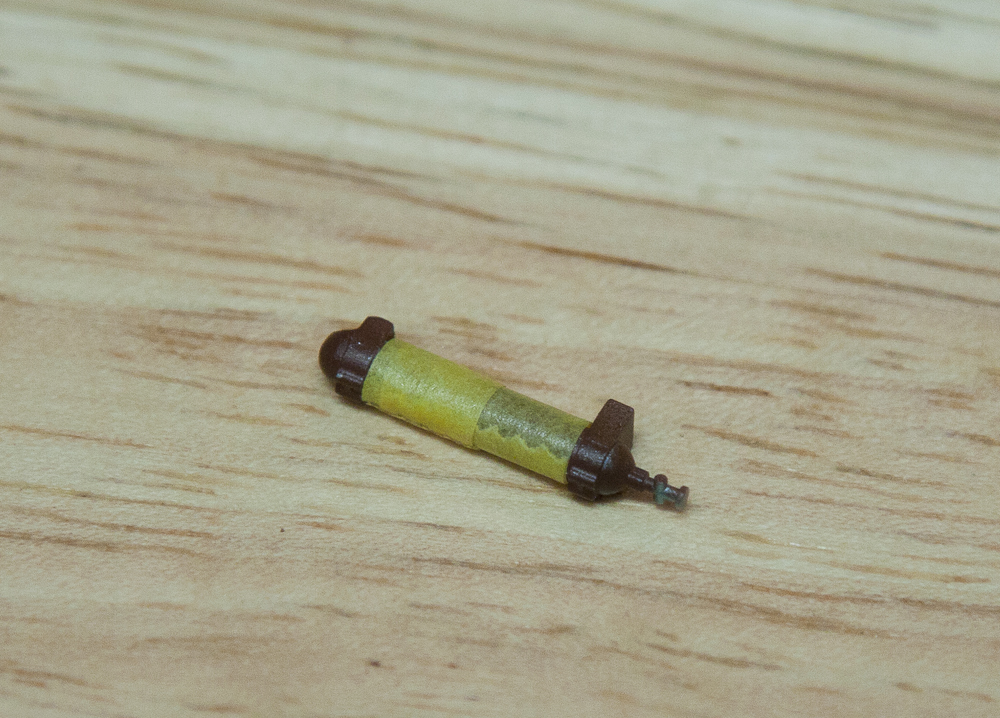
The build logs on here have really got me thinking outside the box lately, and it's paying off.
What's the diameter?
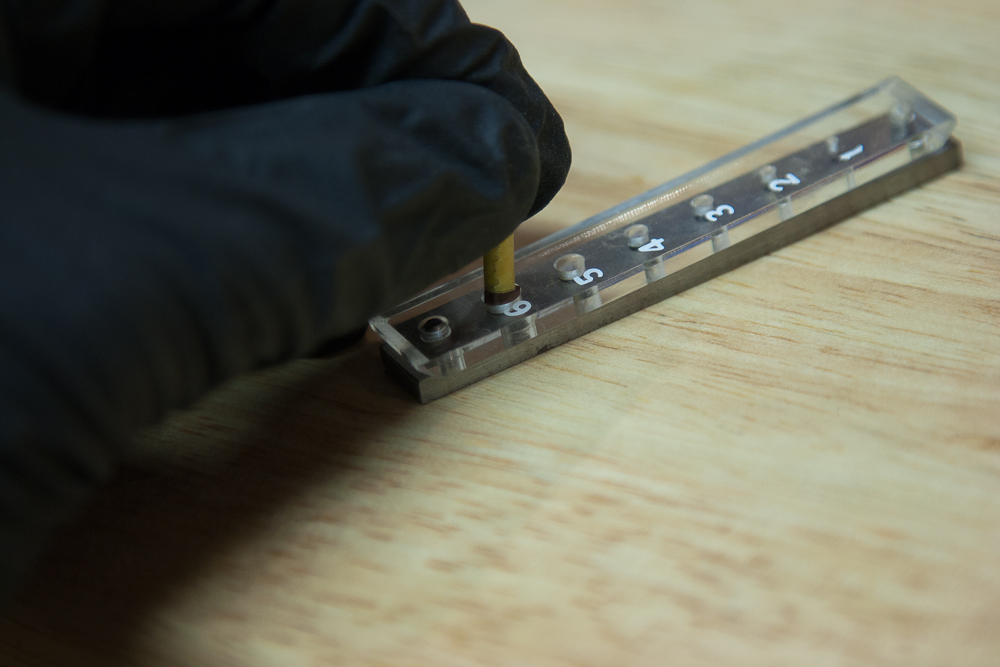
You might think you know where this is going, but....
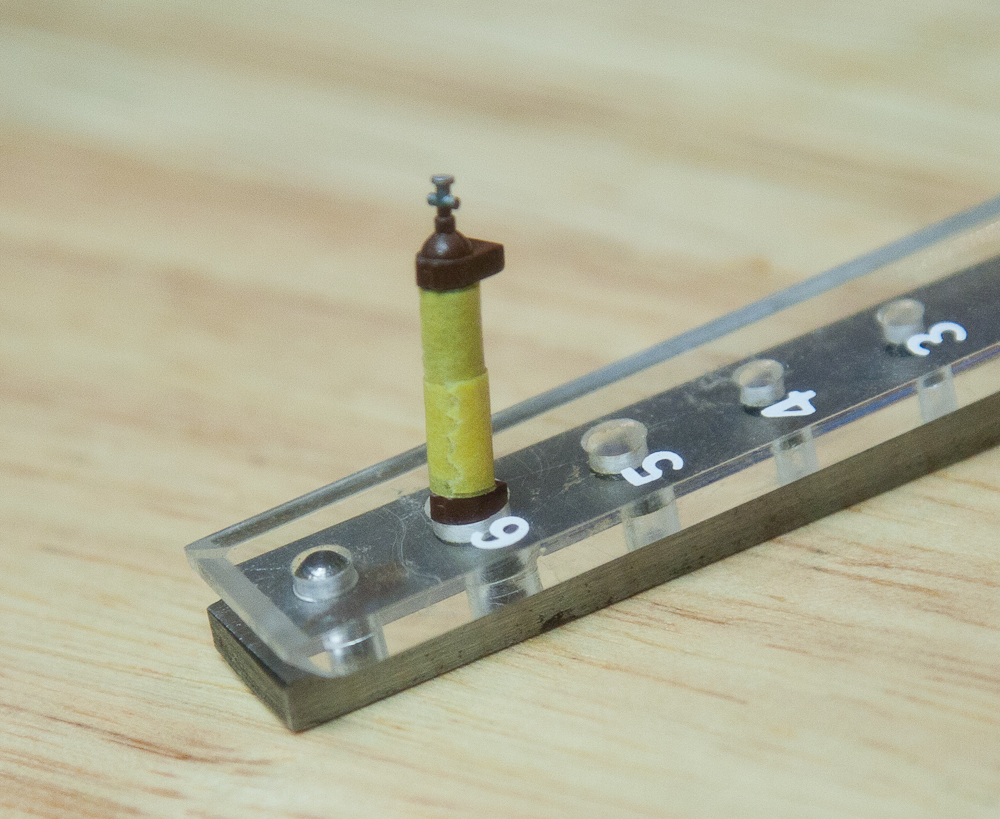
The problem with a non-adhesive loose style mask,is that you don't want to spray down into it. Okay, I'll elevate the cylinder when I paint so I'm spraying across it.
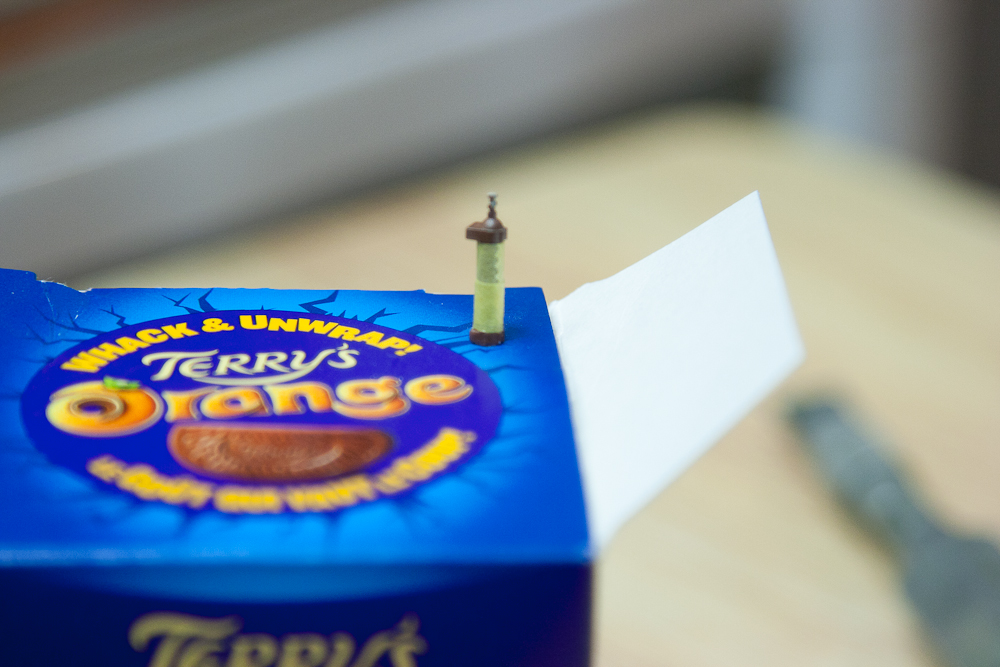
....I typically keep all small thin cardboard boxes that we go though in my house. They have countless uses.
The end result; nice and clean, no brushmarks, no stray paint...
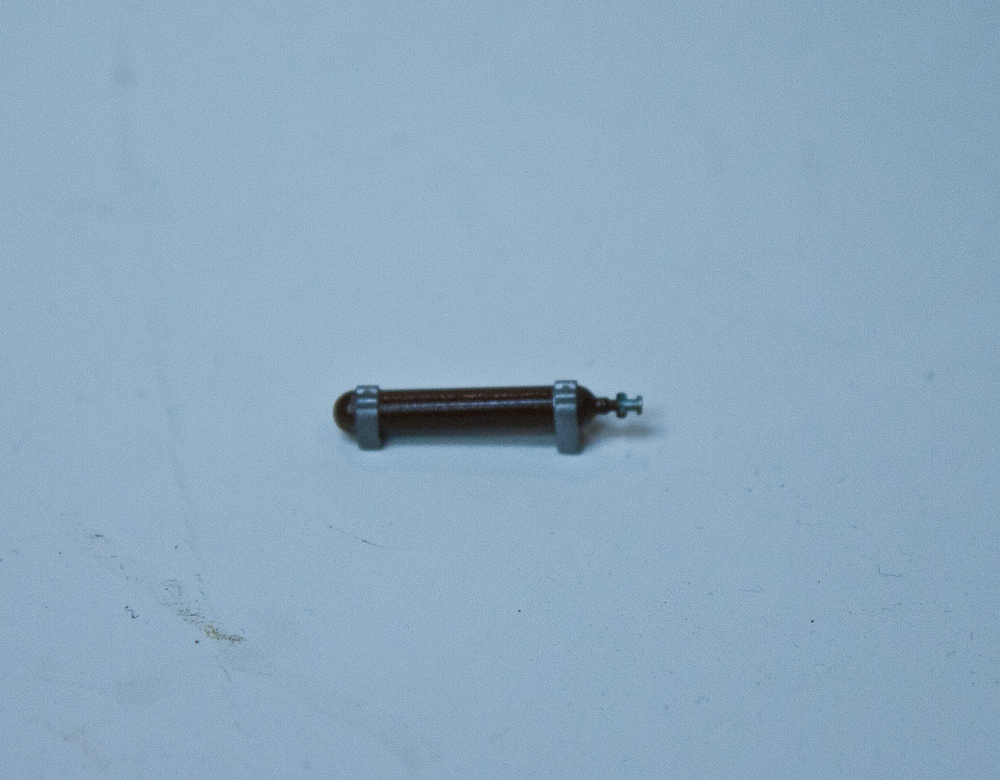
If I had any of the metallic colour overspray onto the brown, I would simply have held a post it note on the band and sprayed the brown back in.
Some good ol' hair spray technique

Remember - it's important to have a section of hairspray that isn't covered by the paint you're chipping off so you can get to the level that responds to water (the hairspray). Over the hairspray I use the tiniest spot of sticky tack, or I dip the end of a toothpick into Maskol and just touch the tip to the area. once the overlaying colour is dry, pull up your small mask and scrub away!
On the left foot runner, you can see the outline of the sticky tack that I've already pulled off, now I just need to chip the green back.
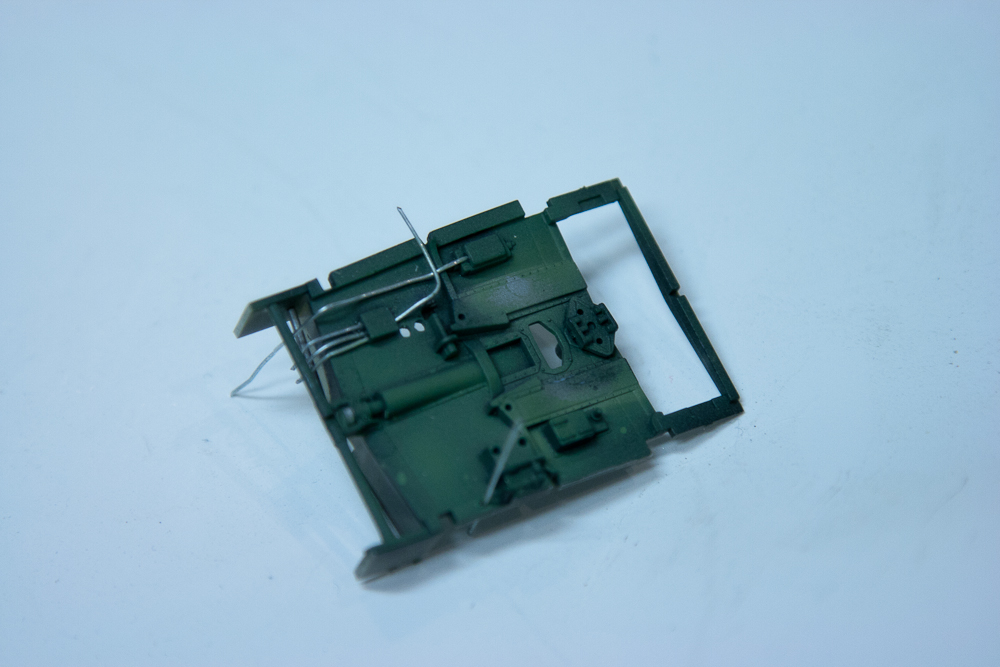
Remember - it's only paint, if you overdo it, just paint it again, there's nothing to be afraid off. If it's too stark, then spray a thinned coat of the [green] paint to reduce the effect


